1.National Sun Yat-sen University resumed teaching in northern Guangdong and southern Hunan
In November 1940, with the support of the governments and people of Guangdong Province and Lechang County, National Sun Yat-sen University (NSYSU) gradually settled down in Pingshi Town.
The colleges of the University scattered in Lechang County and Liyuan County in Guangdong, and Yizhang County in Hunan. The General Office, the Research Institute, the Preparatory Programs, and the Censorship Commission of Student Allowances were located in Pingshi Town, Lechang County. The College of Arts was located in Tieling Village, the College of Law in Chetianba Village, the Teachers College in Guanbu Village, the College of Science in Tangkou Village, the College of Engineering in Sanshingping and Xincun Village, the College of Agriculture in Liyuanbao Village, Yizhang County, Hunan Province, and the College of Medicine in the town of Lechang County.
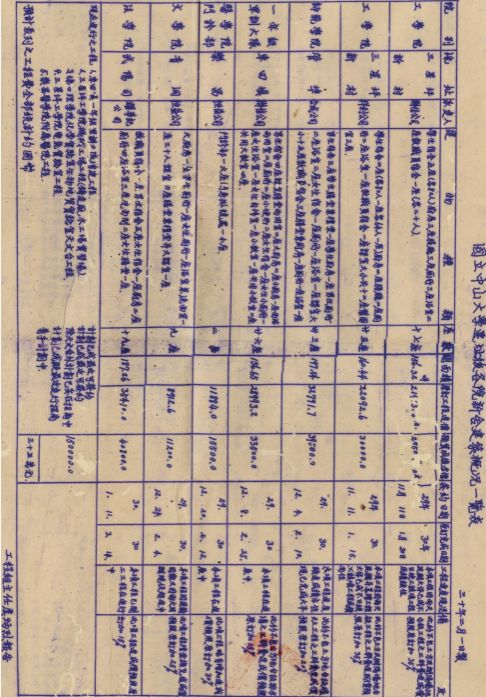
Photo 1: Table of the new buildings of each college after the relocation (from Sun Yat-sen University Archives)
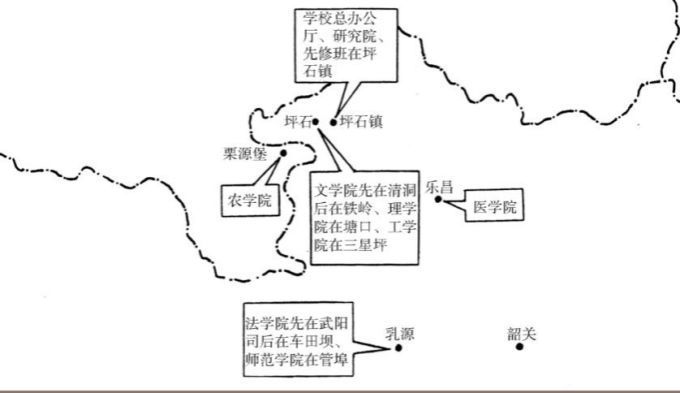
Photo 2: Distribution of departments after NSYSU’s relocating in Pingshi
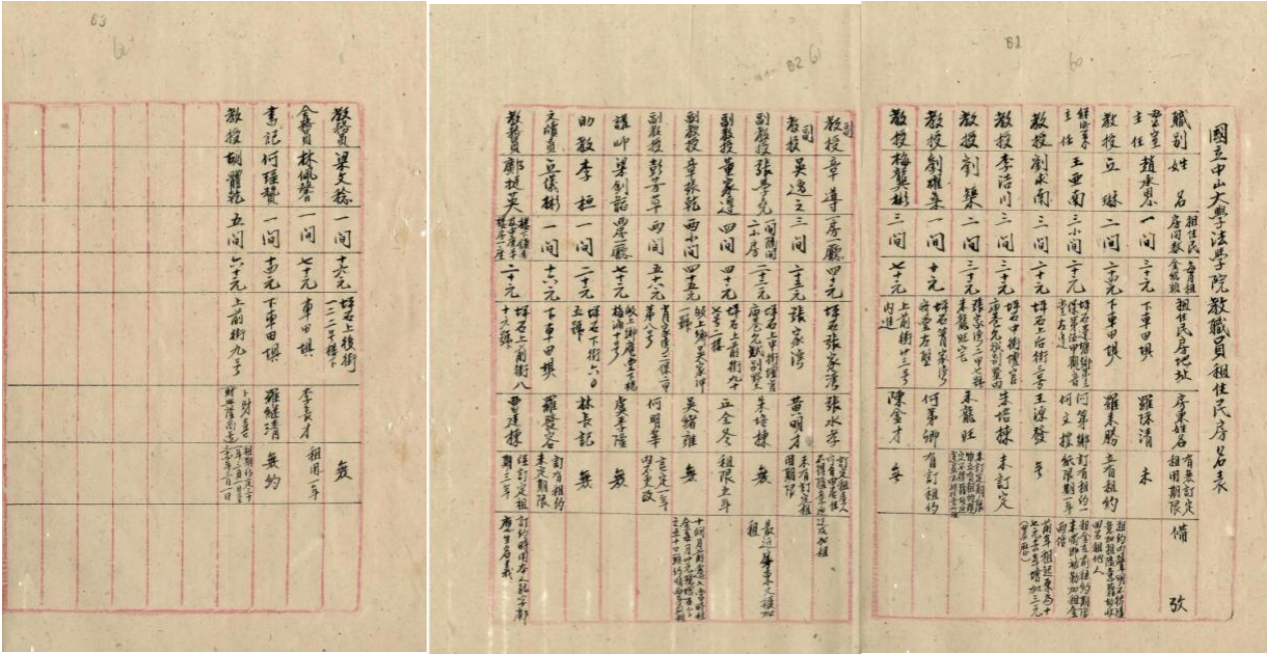
Photo 3: List of private houses rented by faculty members of the College of Law of NSYSU
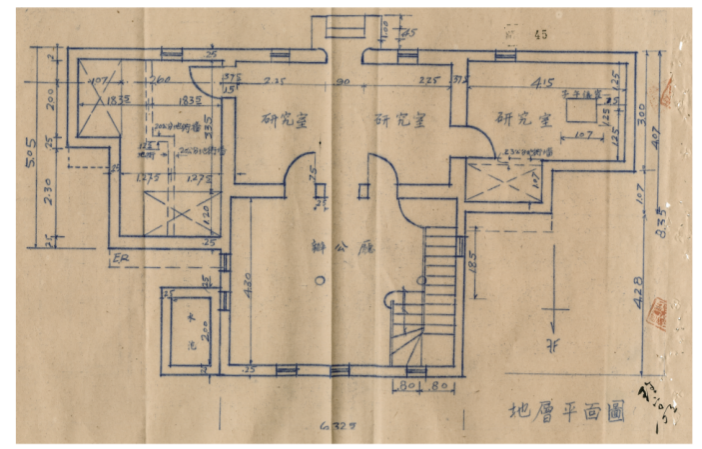
Photo 4: Plan of the Observatory (from Sun Yat-sen University Archives)
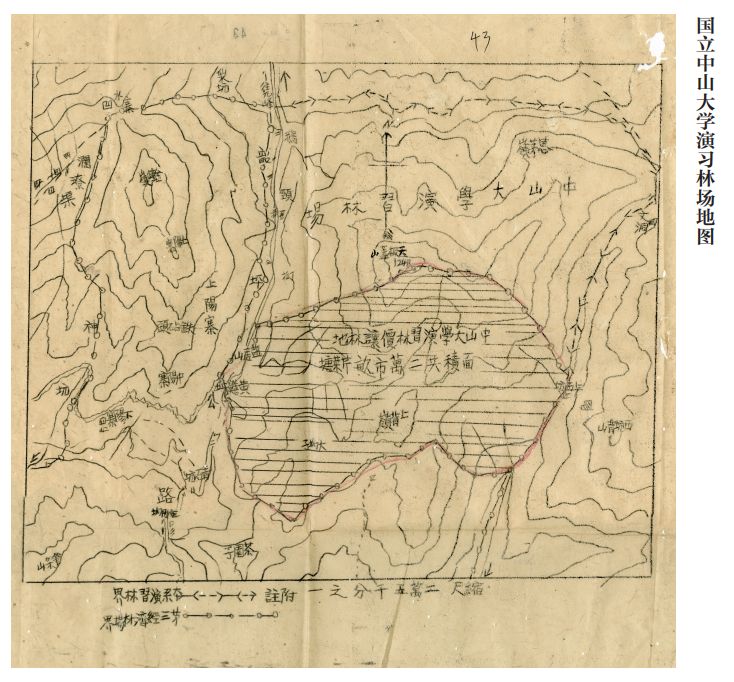
Photo 5: Site of the exercise forest (from Sun Yat-sen University Archives)

Photo 6: Contract of NSYSU for renting houses in Tieling, Pingshi from the Bank of Guangdong Province (1941) (from Sun Yat-sen University Archives)
2.NSYSU admitted students jointly with other national universities in southeast China
In 1941, NSYSU admitted new students jointly with Xiamen University, Guangxi University, Chung Cheng University, Lantian Normal University and other national universities in southeast China. The enrollment ended in October, with a total of 1,218 students admitted, which was a record high. The Affiliated Middle School of NSYSU was reinstated to provide internship opportunities for students in teachers colleges.
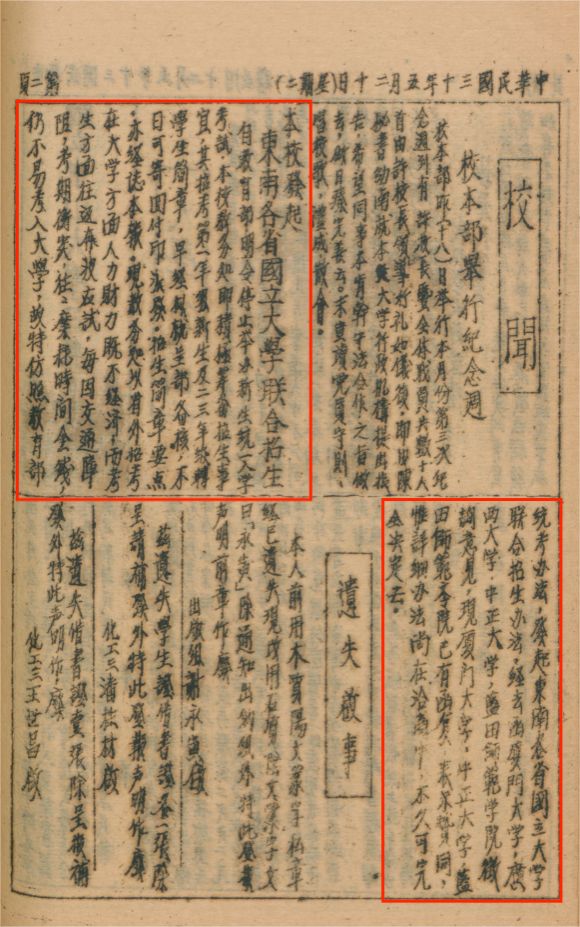
Photo 1: NSYSU admitted students jointly with other national universities in southeastern China (National Sun Yat-sen University Daily, 1941-5-20(2))
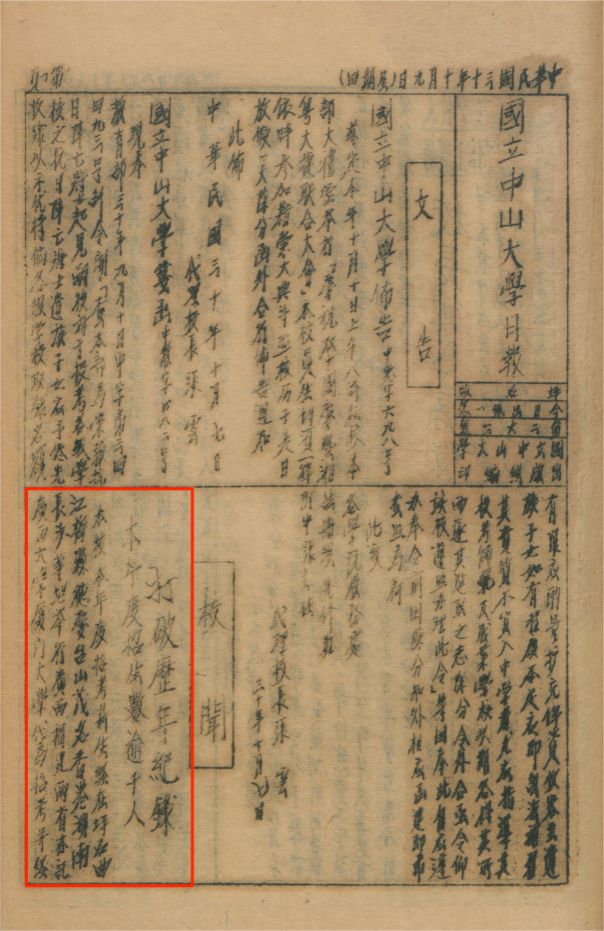
Photo 2: Report on the number of admitted students in the current year from National Sun Yat-sen University Daily (excerpts) (October 9, 1941)
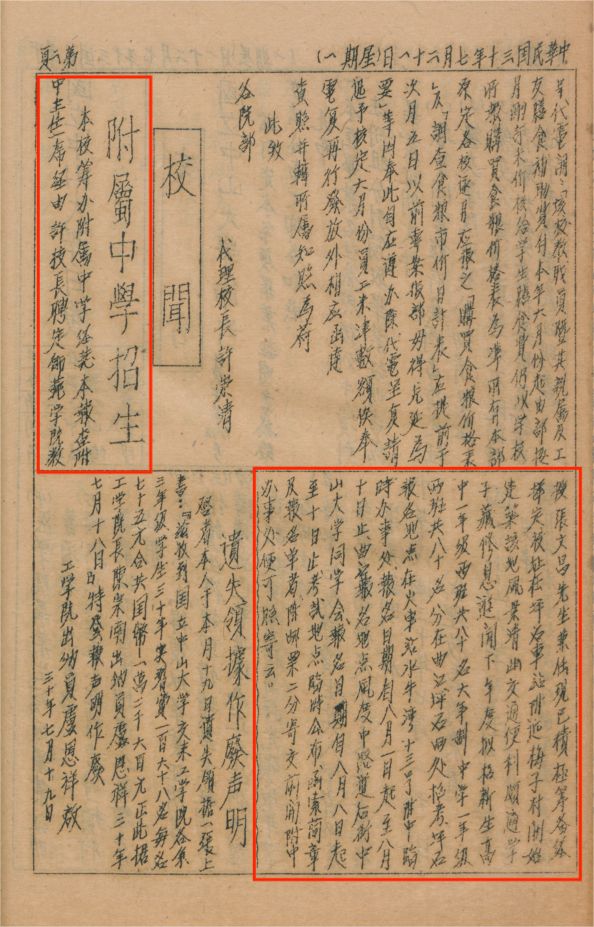
Photo 3: Enrollment of the Affiliated Middle School (National Sun Yat-sen University Daily, 1941-7-21)
3.Zhang Yun took over as Acting President of NSYSU
In July 1941, the Ministry of Education appointed Zhang Yun as Acting President of NSYSU. Zhang Yun, who styled himself as “Zichun”, was a native of Kaiping City, Guangdong Province. He earned his master’s degree in science and doctorate in astronomy from the University of Lyon, and was a well-known astronomer in China. Before taking the post of Acting President, he had served as Director of the Observatory, Head of the Department of Mathematics and Astronomy, Director of Teaching Affairs, and Acting Head of the Department of Physics in NSYSU.
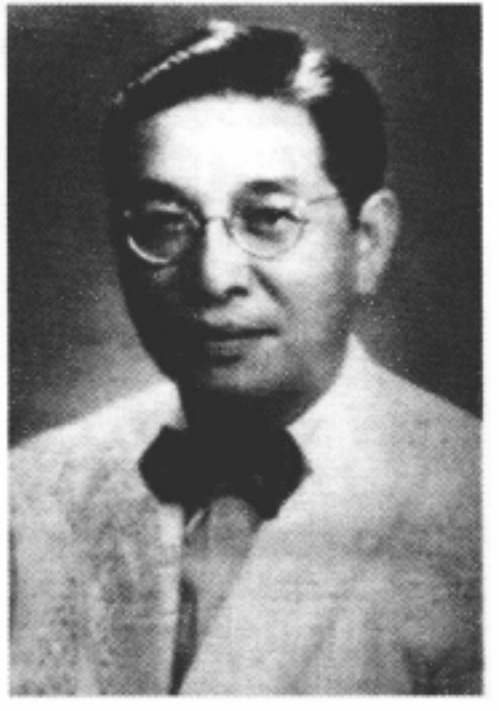
Photo 1: Zhang Yun
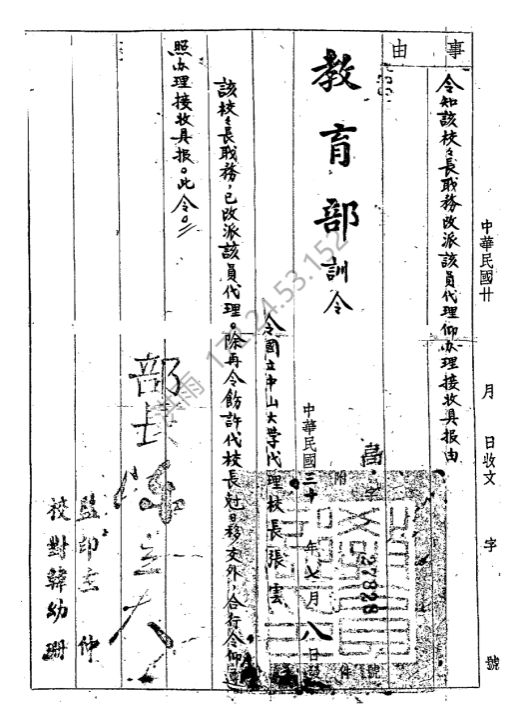
Photo 2: Instruction of the Ministry of the Education on appointing Zhang Yun as Acting President of NSYSU (from Sun Yat-sen University Archives)
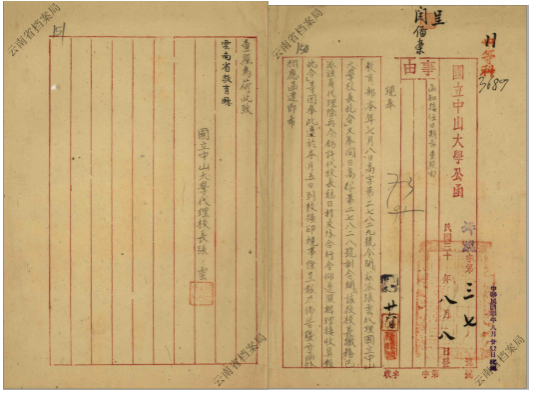
Photo 3: Official letter from NSYSU on Zhang Yun, the Acting President, assuming office (from Yunnan Archives)
4.The Observatory was invited to participate in the observation of the total solar eclipse in southeast China
Zhang Yun, a member from the Observatory of NSYSU, was invited by the Chinese Solar Eclipses Observation Committee to be the leader of the Southeast China Total Solar Eclipse Observation Team, and Zou Yixin as a team member. The team visited Fujian and Jiangxi Provinces in early August 1941 to observe the eclipse. The team’s main tasks were to take images and videos, investigate the luminosity of the eclipse, observe the brightness of the sky, and measure the magnetic field strength as the eclipse occurred.
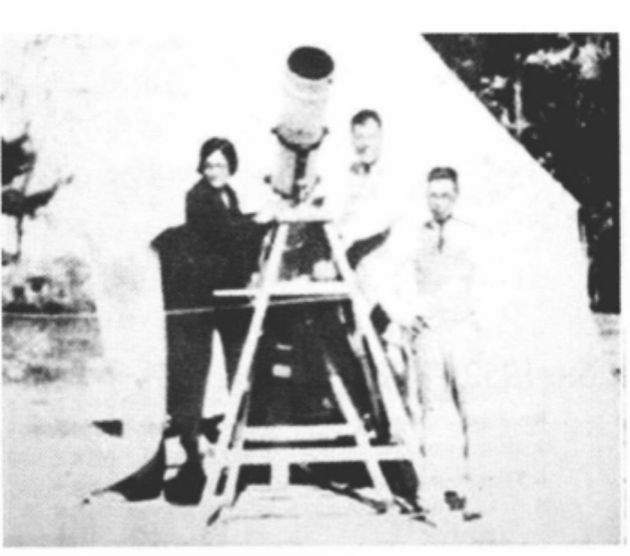
Photo 1: Zou Yixin and his colleagues were carrying out astronomical observation
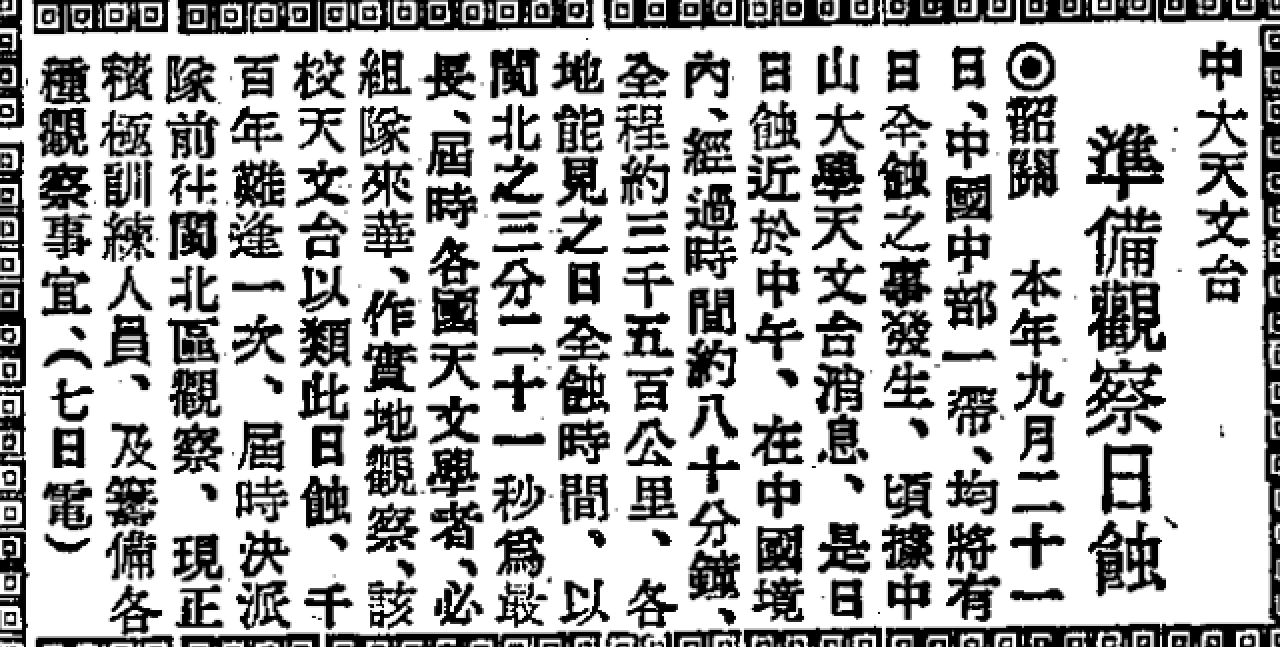
Photo 2: NSYSU Observatory prepared to observe the solar eclipse (Shanghai Journal (Shanghai), 1941-5-8)
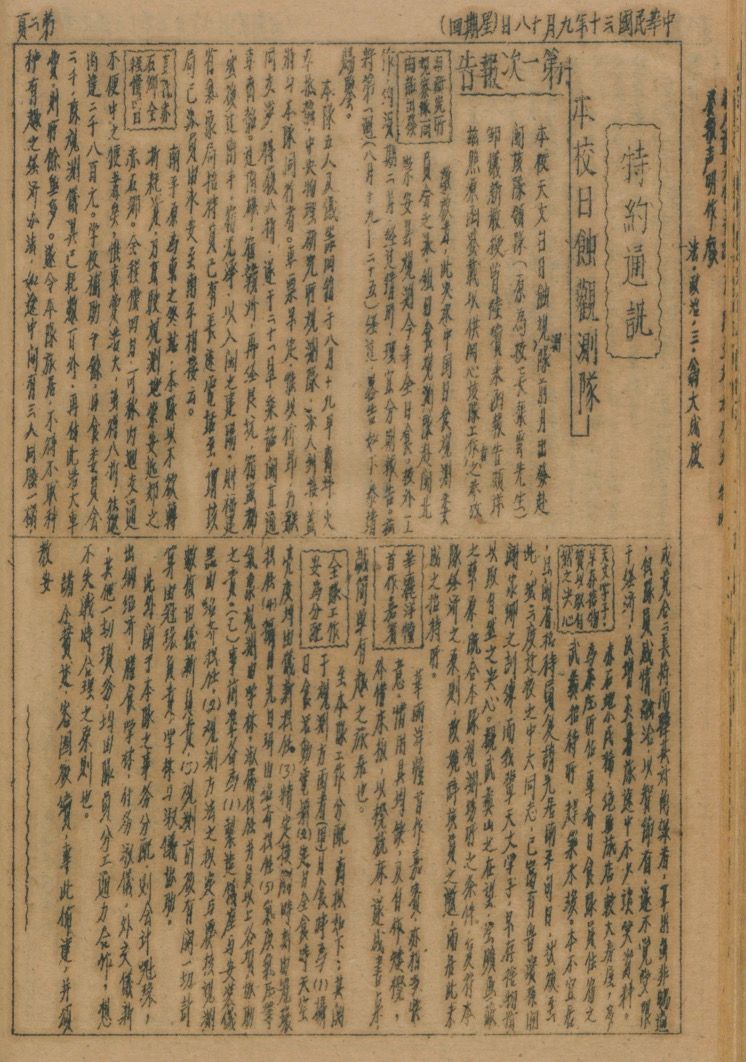
Photo 3: The first report of the University’s Eclipse Observation Team (National Sun Yat-sen University Daily, 1941-9-18)

Photo 4: The Cultural Association of Guangdong Province invited Zhang Yun, President of NSYSU, to give lectures regularly in Shaoguan (National Sun Yat-sen University Daily, 1941-9-17)
5.The advanced teachers conveyed messages to Soviet poets and Soviet people on the phone
In October 1941, Mu Mutian, Professor of NSYSU College of Arts, and other 149 poets conveyed messages to Soviet poets and Soviet people. The messages were relayed by Aleksandr Panyushkin, the then Soviet ambassador to China. They expressed their wishes of fighting against invasion and defeating fascism together with the Soviet people. Other left-wingers teaching in NSYSU at that time included Wang Yanan, Mei Gongbin, Zhong Jingwen, and Shi Zhaotang.
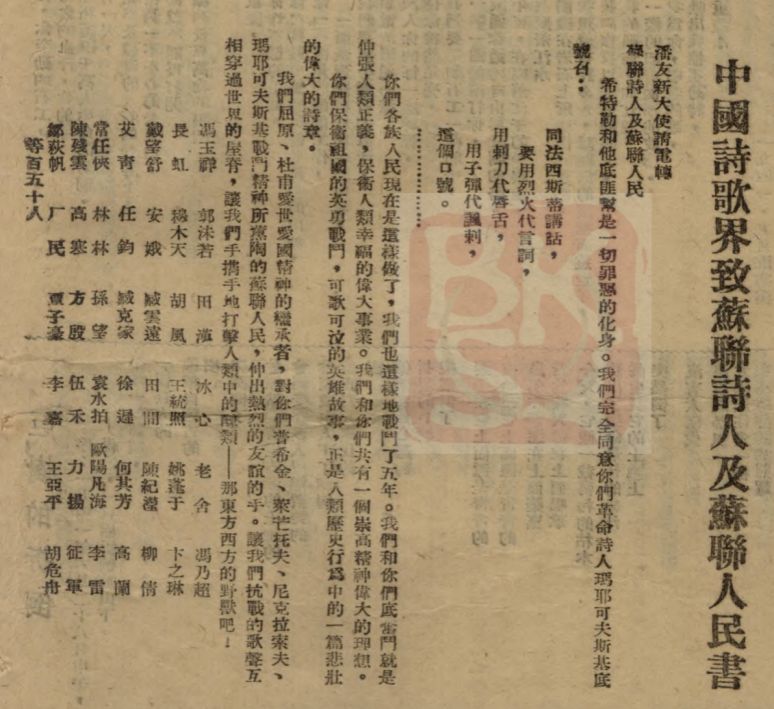
Photo: “Messages from Chinese Poets to Soviet Poets and Soviet People” (Xinhua Daily, 1941-10-27)
6.The College of Law formed an economic investigation group to Hunan and Guangxi
In May 1941, the Year 4 students and faculty members from the four departments of Law, Political Science, Economy, and Sociology of the College of Law formed an economic investigation group to Hunan and Guangxi, with the teacher Wang Hongfa as the leader. The group aimed to study the general issues of national economy, and to investigate the industrial and commercial conditions and the corresponding management in Hunan and Guangxi, especially the price of commodities in different regions.
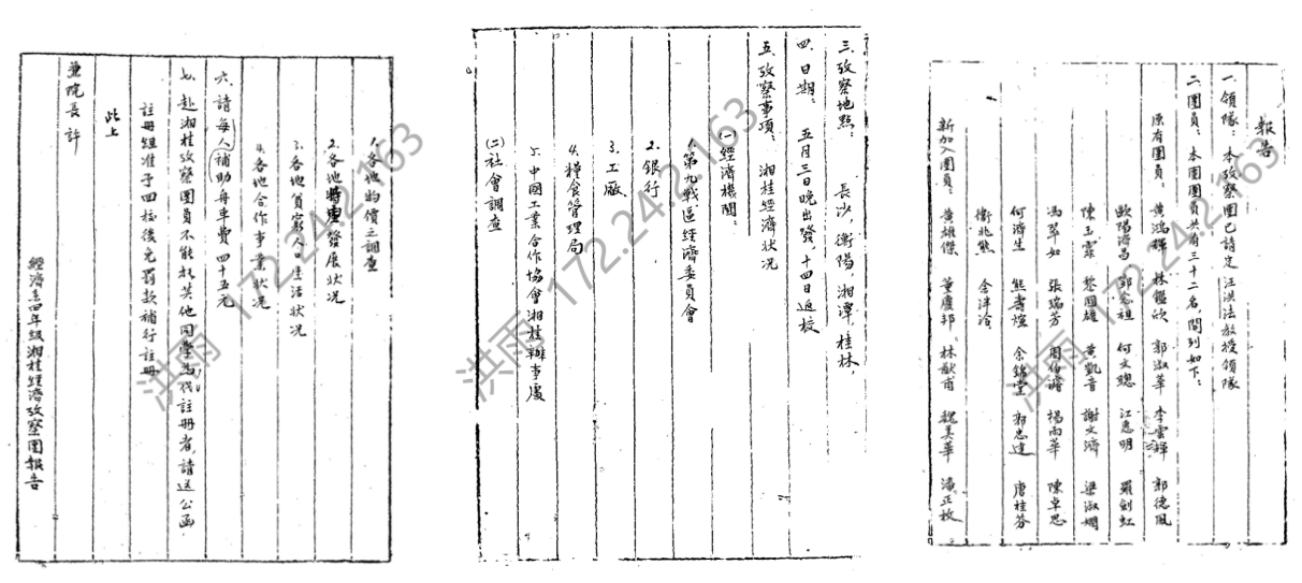
Photo 1: Investigation report of the Year 4 students from the four departments of Law, Political Science, Economy and Sociology, the College of Law, NSYSU (from Sun Yat-sen University Archives)

Photo 2: “The Flawed Management of Grain in Hunan Province” by Wang Hongfa (L’ Impartial (Guilin), 1941-5-18)
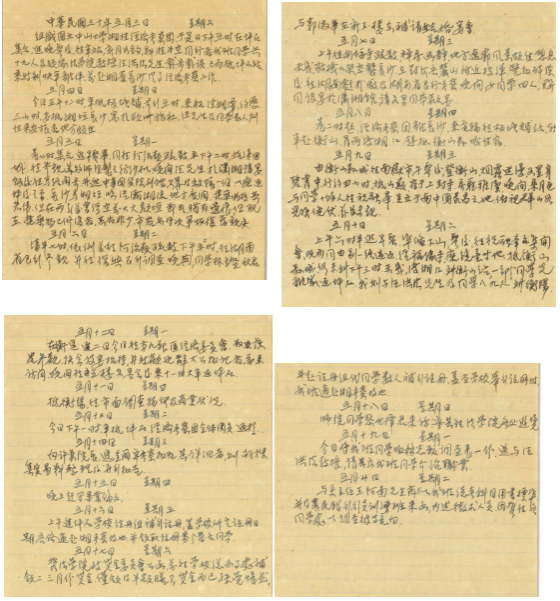
Photo 3: Students’ investigation diary in 1941 (excerpts from Yu Jintang’s Diary)
7.The establishment of the “Red Rocks” Theory of the Danxia landform
In 1927, Feng Jinglan, Deputy Senior Specialist of Geological Survey Institute of Guangdong and Guangxi, proposed the naming of the “Danxia landform”. In 1941, Wu Shangshi and other teachers and students from the Department of Geology took opportunities to investigate the red sandstones of Guangdong Province when the University operated in Shiping. They conducted a preliminary study of the Danxia landform, and gradually established the systematic “Red Rocks” Theory of the landform.
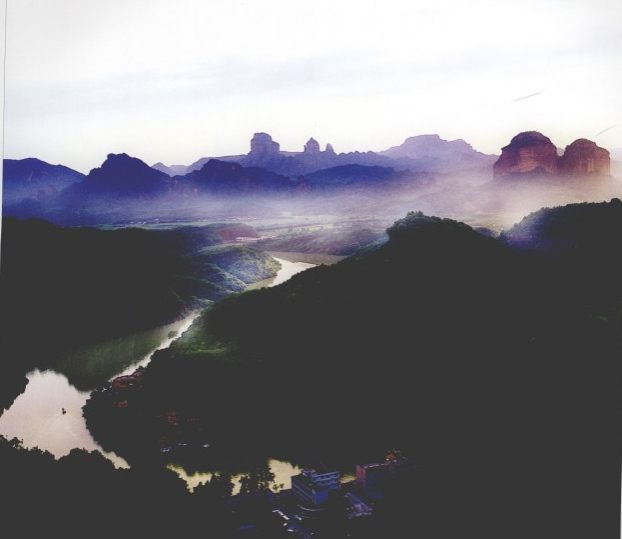
Photo 1: Mount Danxia in Guangdong Province
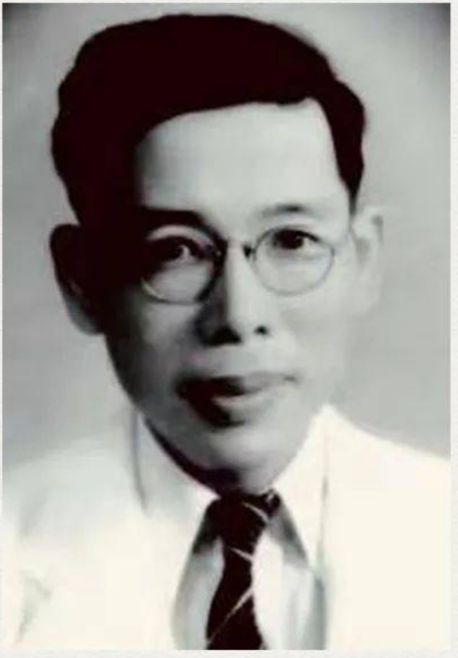
Photo 2: Wu Shangshi
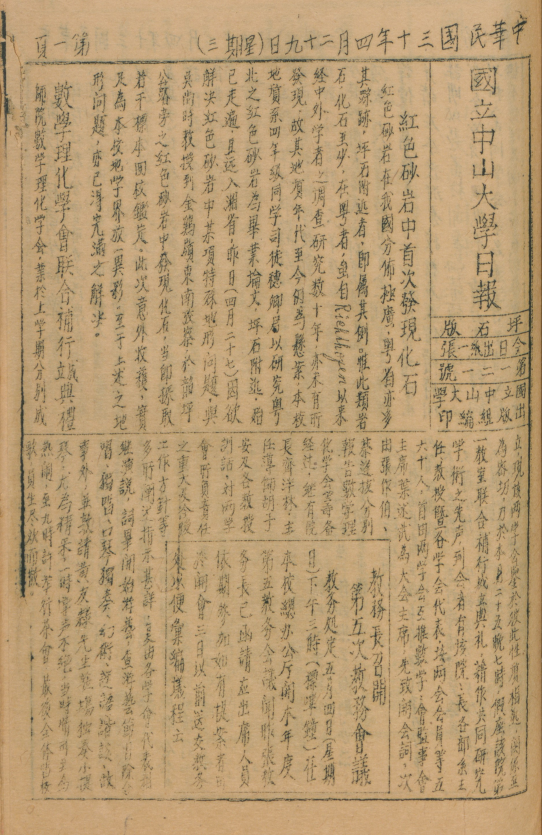
Photo 3: NSYSU found fossils in the red sandstones (National Sun Yat-sen University Daily, 1941-4-29)
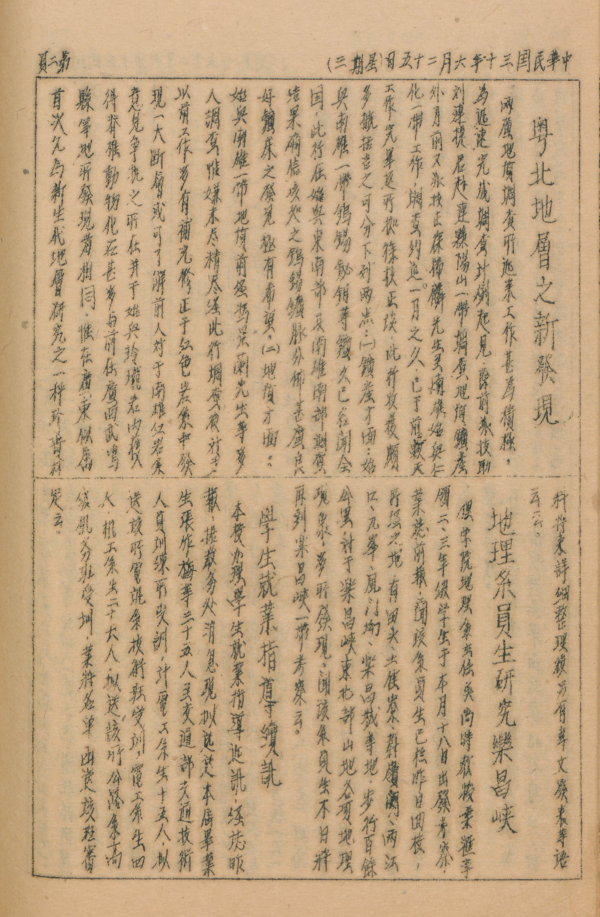
Photo 4: New strata discoveries in Northern Guangdong (National Sun Yat-sen University Daily, 1941-6-25)
8.Wang Yanan published “Political Economy in China”
In October 1941, Wang Yanan published an article titled “Political Economy in China”, proposing that “we should study political economy with Chinese perspectives” and advocating the establishment of “Chinese Economics”.
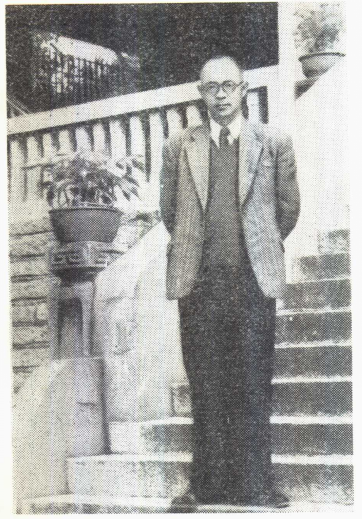
Photo 1: Wang Yanan
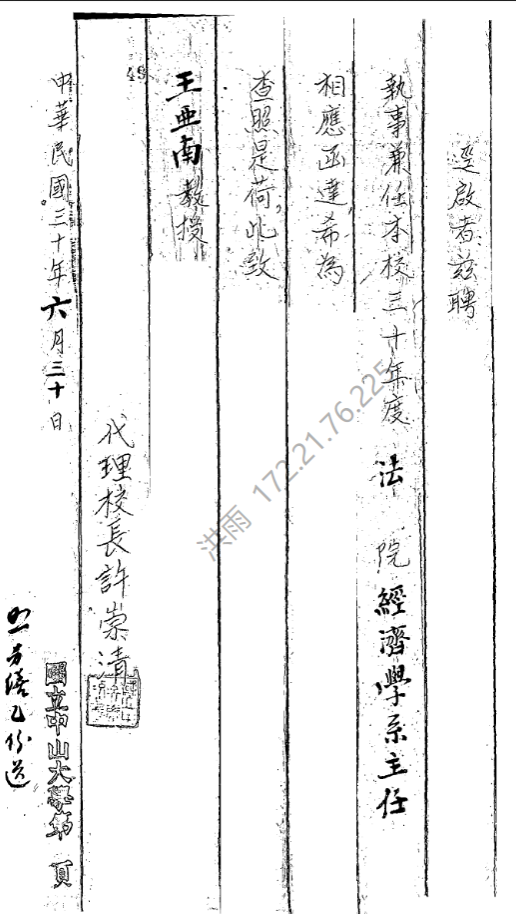
Photo 2: NSYSU appointed Wang Yanan as Head of the Department of Economy, the College of Law (from Sun Yat-sen University Archives)
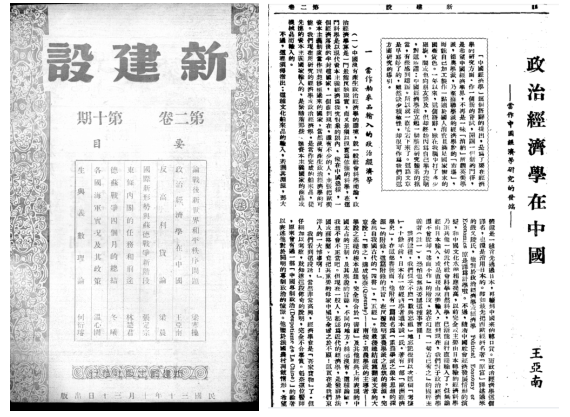
Photo 3: “Political Economy in China” by Wang Yanan (New Construction, 1941-10(10))
9.Journal of Sun Yat-sen University started publication
In November 1941, the Journal of Sun Yat-sen University launched its inaugural issue, publishing research papers in the fields of social sciences and natural sciences. The aim of the journal was “spreading specialized knowledge, elaborating profound theories, facilitating the publication of faculty members, and carrying forward the spirit of the University”.
Photo : Cover of the first issue of Journal of Sun Yat-sen University and its inaugural editorial
10.NSYSU set up Hunan Silk Improvement Factory with the Government of Hunan Province
In 1941, the College of Agriculture and the Department of Construction of Hunan Province jointly set up the Hunan Silk Improvement Factory, which was located in Leiyang County, Hunan Province. The Silk Improvement Factory was dedicated to cultivate mulberry seedlings, rear and breed silkworms, and promote new methods of silkworm farming.
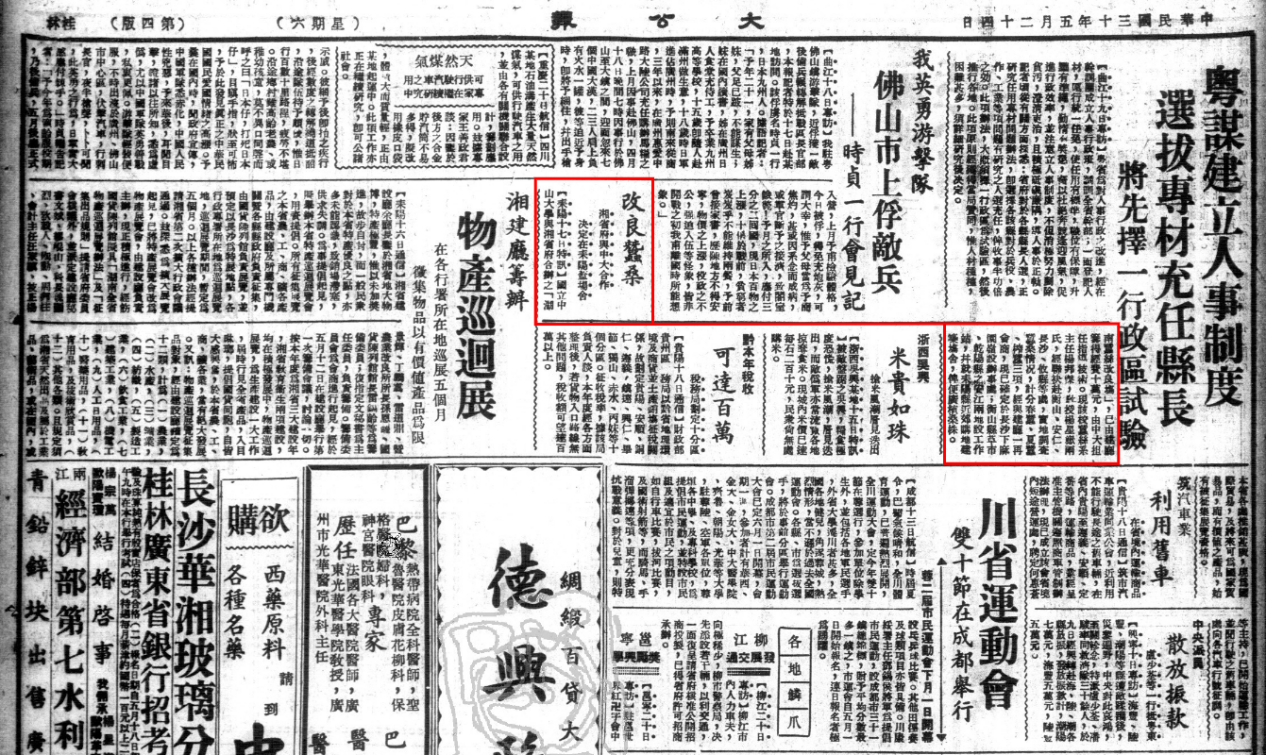
Photo 1: To improve sericulture, the government of Hunan Province decided to cooperate with NSYSU to build factory houses in Leiyang (L’ Impartial (Guilin), 1941-5-24)
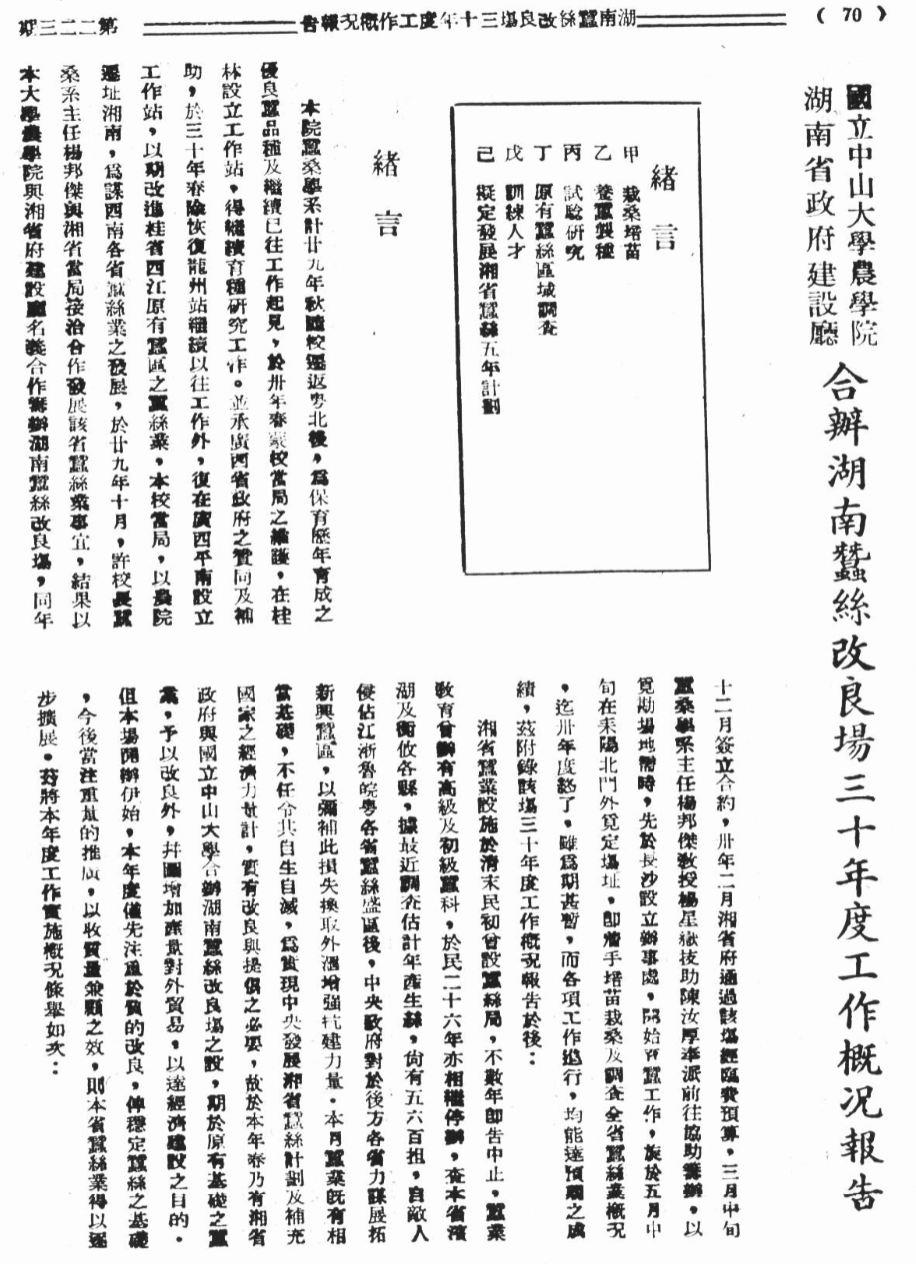
<span style="font-size: 14px;"Photo 2: The annual overview report on the work of the Hunan Silk Improvement Factory jointly operated by the College of Agriculture of NSYSU and the Department of Construction of the Hunan Government (excerpts) (Voice of Farmers, 1941-12-30(223))


